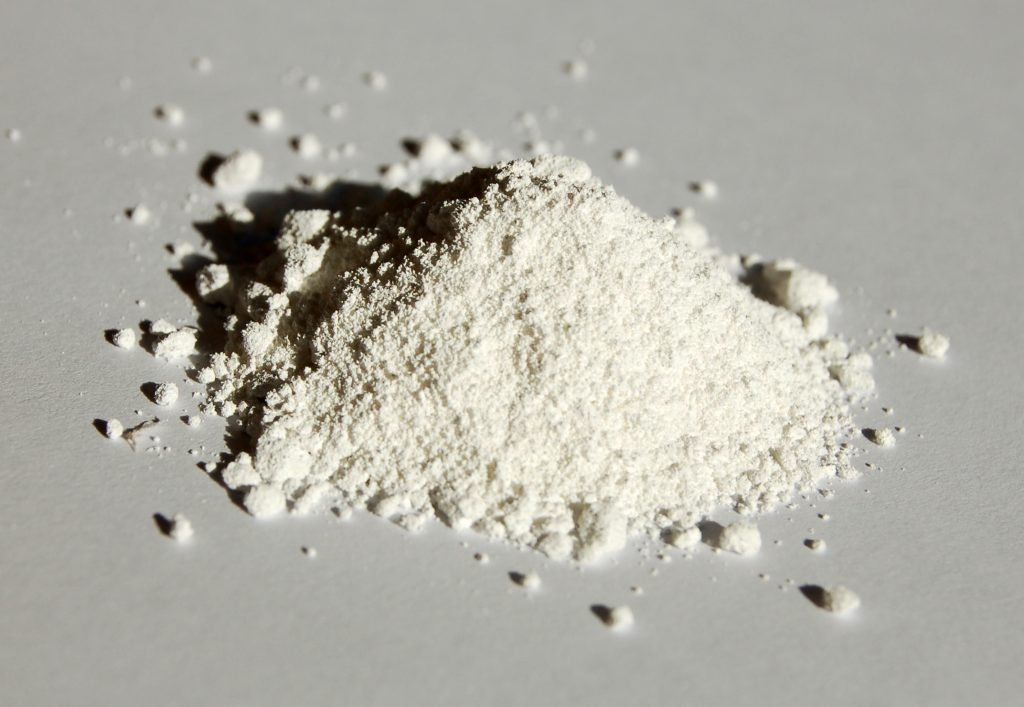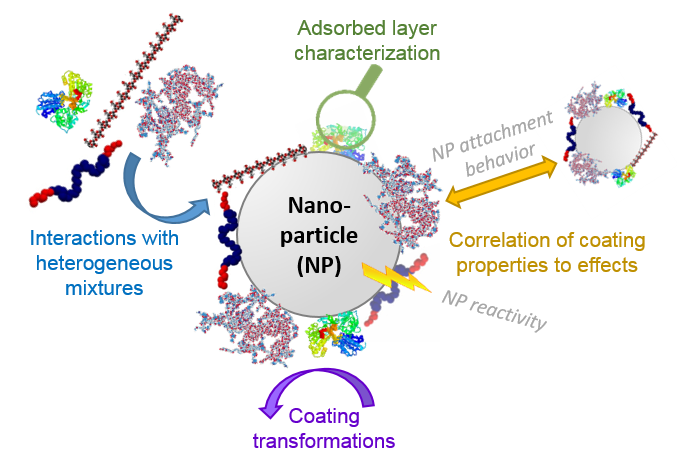Nanomaterials are materials with one or more dimension smaller than 100 nm that exhibit unique properties not exhibited by the bulk (larger-scale) materials. These properties can include higher reactivity or catalytic behavior. Furthermore, nanoparticles exhibit high surface area to volume ratios that make surface phenomena, such as adsorption, especially important. Our research contributes to understanding the behaviors of these novel materials from an environmental perspective.
We are evaluating new nanomaterials to degrade organic contaminants in water treatment processes. In particular, we are testing metal oxide nanoparticles that are photocatalytic to degrade dyes, persistent organic pollutants, and other organic compounds. We are especially focusing on the energy efficiency of various materials, as well as the longevity of these materials in the presence of surface foulants that can suppress the reactivity of the nanomaterials.
While the novel properties of nanomaterials can be applied to improve water quality, concerns have also arisen over the potential environmental health and safety risks of these new materials and whether specific regulations on their production and use are required. As such, our research also addresses the implications of the reactivity of the nanomaterials and their distribution in the environment from a health and safety perspective.
 Titanium dioxide nanoparticles are a commonly assessed type of photocatalytic material. Our group is exploring the use of other types of materials that may be more cost- and energy-effective. Our research also contributes to addressing questions on whether reactive nanomaterials would pose environmental health and safety risks if released to the natural environment.
Titanium dioxide nanoparticles are a commonly assessed type of photocatalytic material. Our group is exploring the use of other types of materials that may be more cost- and energy-effective. Our research also contributes to addressing questions on whether reactive nanomaterials would pose environmental health and safety risks if released to the natural environment.Surface coatings

We are answering several fundamental research questions in this area:
- What characteristics of the organic compounds are most important to predict sorption onto nanomaterials from mixtures?
- Can we prepare nanomaterials with well-defined, heterogeneous coatings to identify how surface coatings change nanomaterial reactivity?
- What methods are best suited to characterize the surface coatings?
- Do coatings transform on the nanoparticle surface over time?
- What is the long-term fouling or self-cleaning behavior of the nanomaterials?
This research will contribute to our ultimate goal of predicting both the effectiveness of nanomaterials for water treatment and their potential hazards in the environment.
